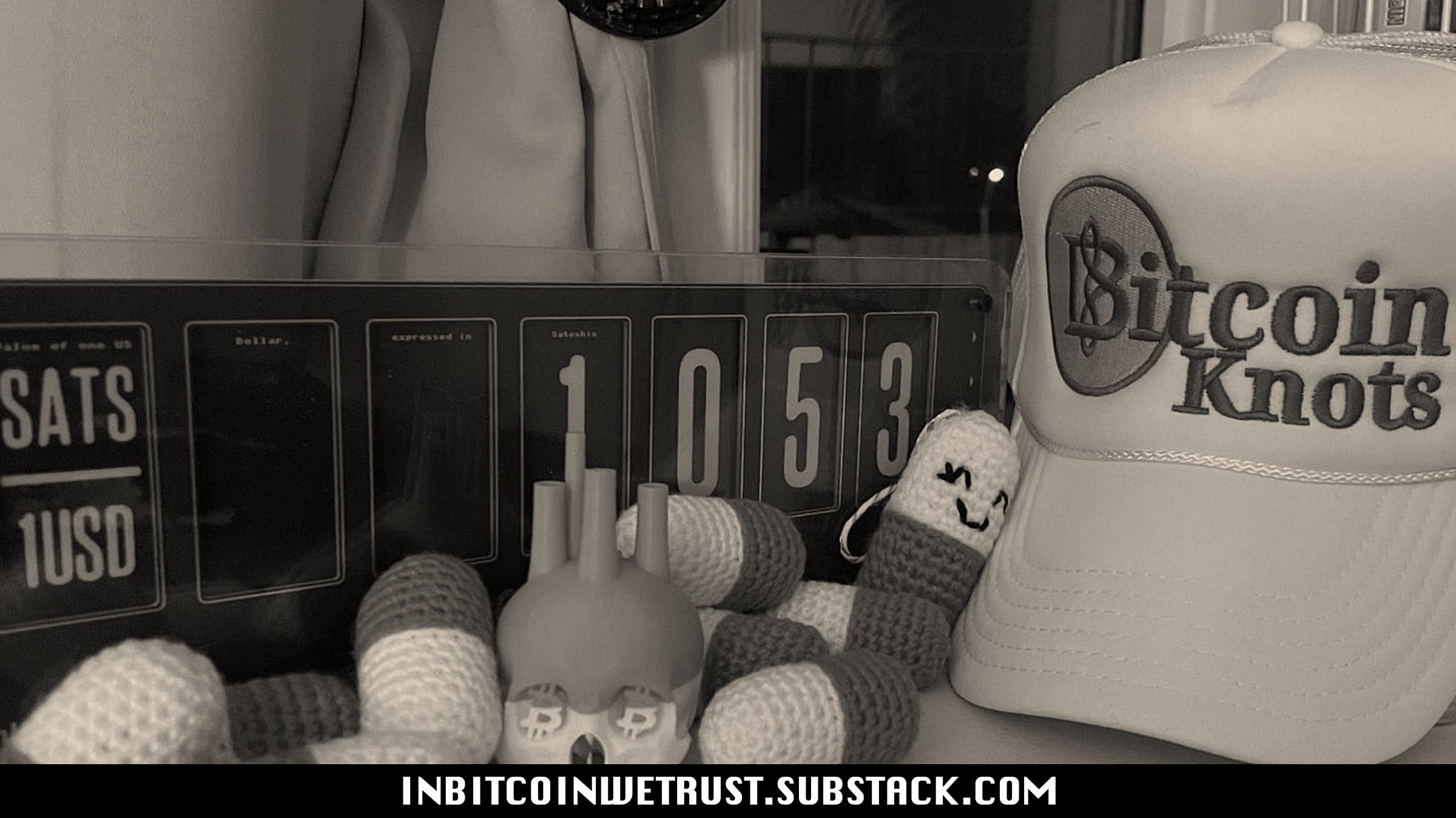Bitcoin Core Vs. Bitcoin Knots: The Silent Duel of the Code's Guardians.
Their difference lies not in the rules of the game, but in the policy they apply around those rules.
Did you think Bitcoin had only one heart, a single engine roaring at the center of the monetary revolution? Think again. In the giant’s shadow, another heart beats—faster, more uncompromising. One, Bitcoin Core, moves to the slow, measured rhythm of compromises necessary for mass adoption. The other, Bitcoin Knots, forges blocks in the shadows, driven by a radical vision of digital sovereignty.
This face-off is not a simple developer squabble. It is the reflection of a fundamental tension within Bitcoin, between its ambition to become a global financial standard and its essence as an inviolable digital fortress. Bitcoin Knots is not merely a variant; it is a stark reminder: in the world of Bitcoin, the code is free—and sovereignty is a weapon that every user can choose to wield.
The Future of Bitcoin: The Shadow of a $20 Trillion Flaw.
Will Bitcoin die in two halvings? The question, as provocative as it may be, is not limited to die-hard skeptics or malicious competitors. It stems from a cold, mechanical analysis of the very heart of the Bitcoin reactor: its security model. Today, the inviolability of its blockchain, the irreversibility of each transaction, rests on an army of machines deploying phenomenal computing power, the hashrate. This digital wall, erected by miners, seems so formidable that it appears impenetrable.
A Bit of History: Two Visions Born from the Same Code
To understand this duel, one must go back to the beginning. In the beginning, there was “Bitcoin,” the original software published by Satoshi Nakamoto in 2009. It was the client, wallet, and miner all in one. When Satoshi disappeared, the flame was carried on by developers like Gavin Andresen, and later by a broader, decentralized community, in which Wladimir van der Laan became a leading figure as lead maintainer. To avoid confusion between the protocol and the software that runs it, this reference client was renamed Bitcoin Core.
Keep reading with a 7-day free trial
Subscribe to In Bitcoin We Trust Newsletter to keep reading this post and get 7 days of free access to the full post archives.


